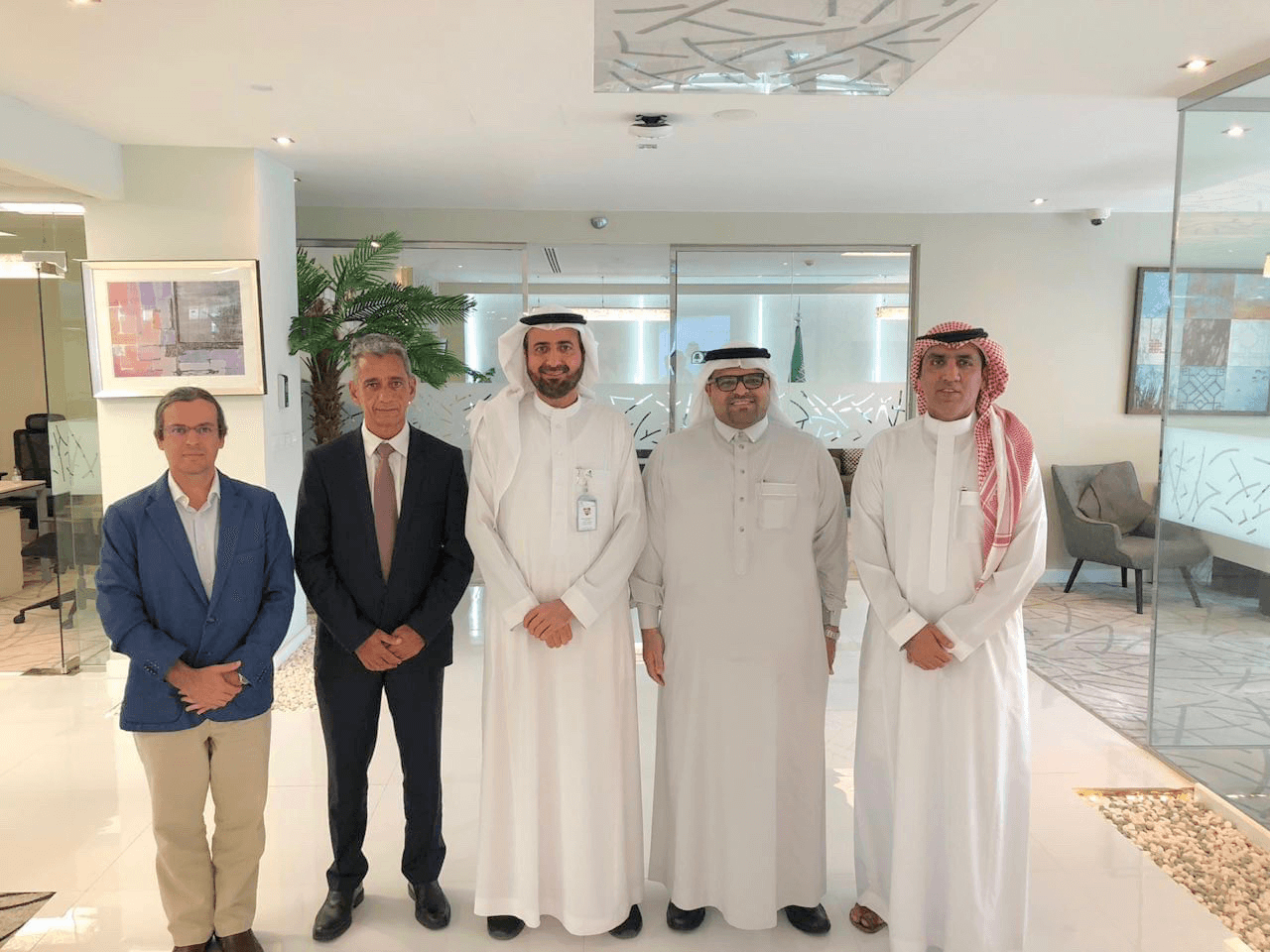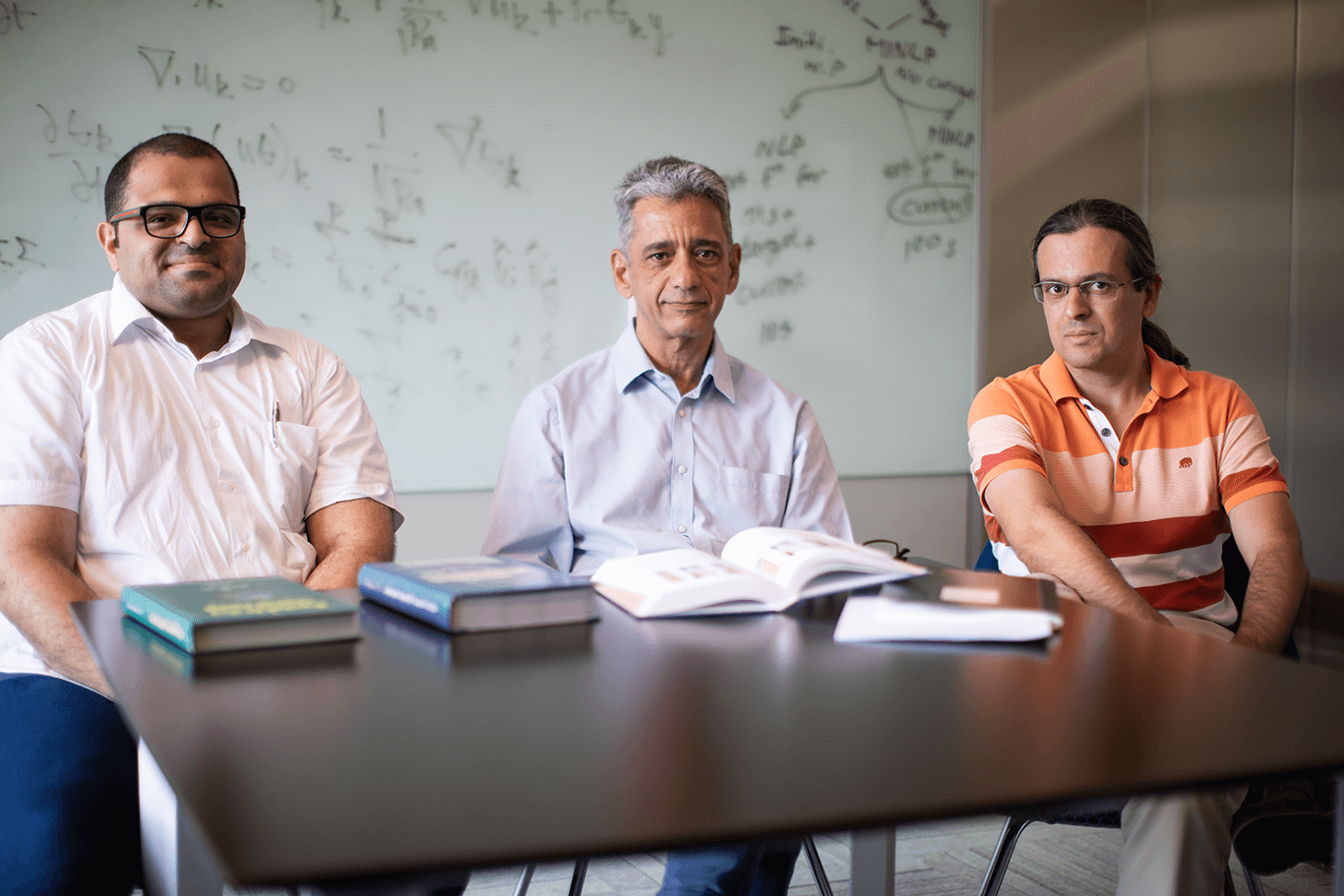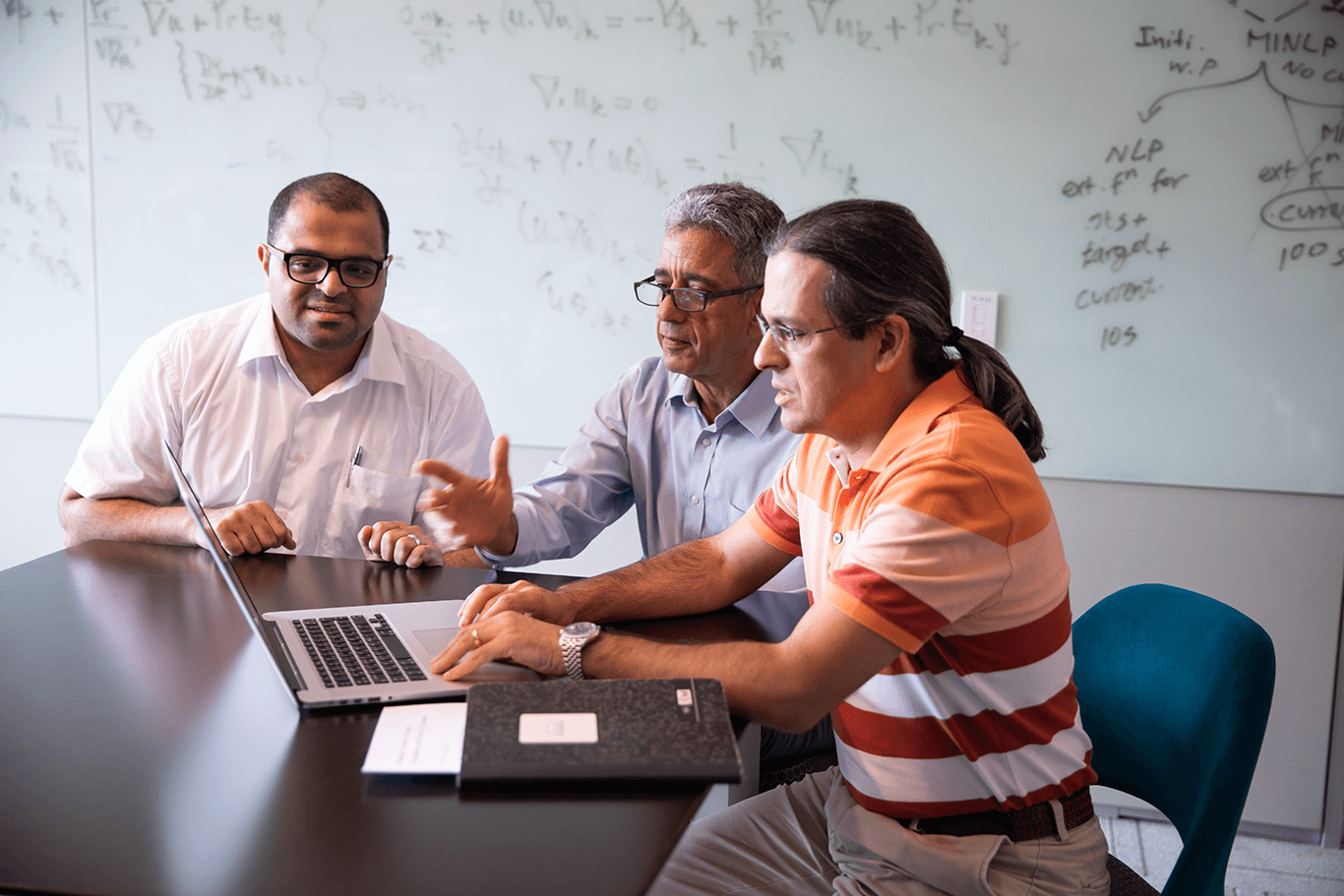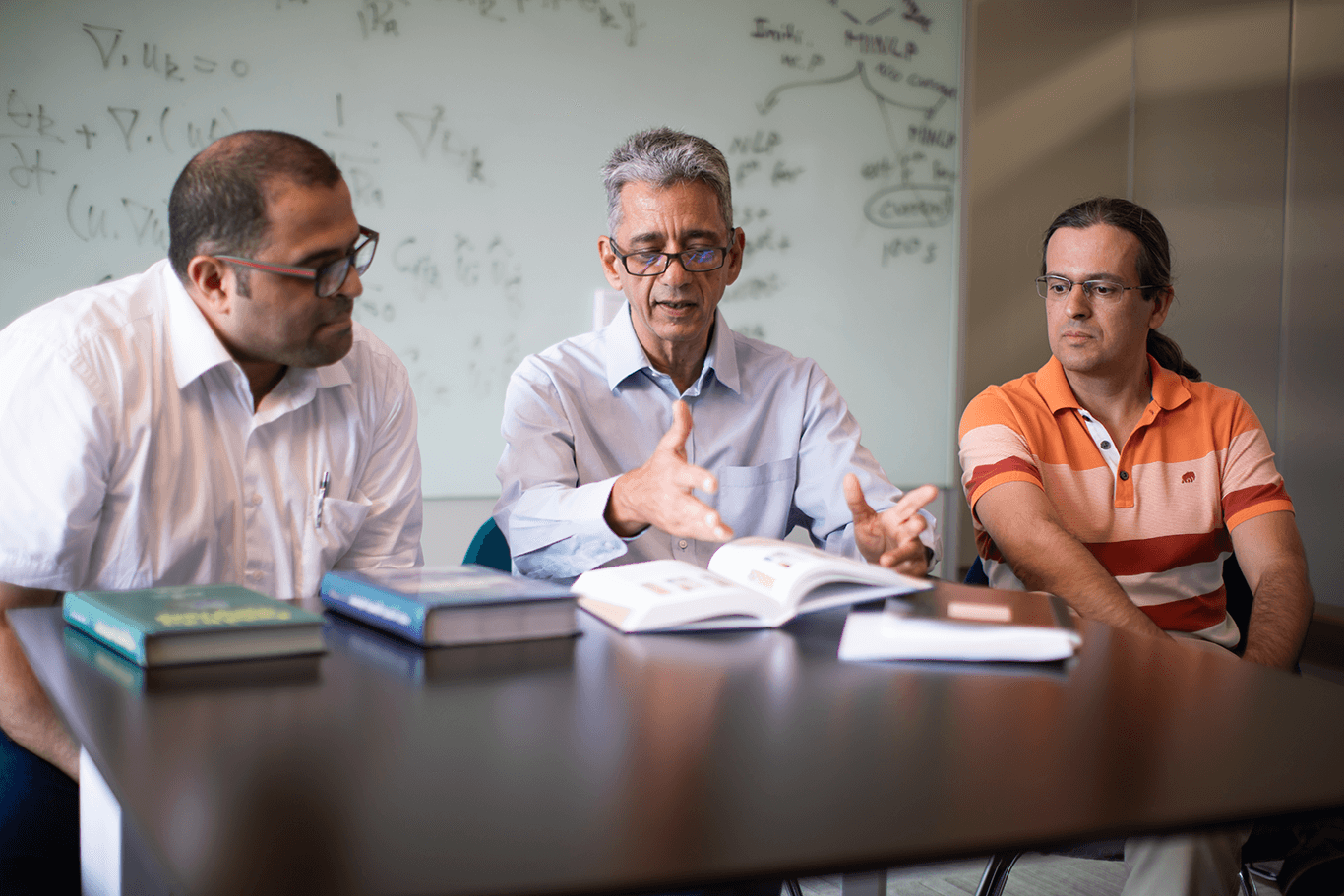KAUST team finds solution to staff transfers at the Saudi Ministry of Health

A team of KAUST scientists (pictured) designed an enhanced transfer system for the Saudi Ministry of Health's staff members. File photo.
By Lulwah Shalhoub, KAUST News
A team of KAUST scientists from the University's Computer, Electrical and Mathematical Science and Engineering (CEMSE) division worked to design an enhanced transfer system for the Saudi Ministry of Health (MOH) to help find solutions for employee localization.
The team has just completed the concept phase and is moving towards the implementation phase. They aim to launch the new transfer system at the MOH to guarantee a better-balanced distribution of the ministry's staff across the Kingdom and optimize staff satisfaction. The new service offers to cover all health entities.
"This collaborative research project addressed a challenging problem that has a big impact on healthcare professionals and ultimately the quality of services provided to the public," said Saudi Minister of Health Dr. Tawfiq Al-Rabiah.
"The problem is that a large percentage of MOH employees work far away from their families," he continued. "The MOH and KAUST team developed an innovative and effective optimization model to optimize human resources (HR) allocation to find suitable locations to work closer to their families."
A year ago, the MOH approached the KAUST team with a problem concerning their current employee transfer system. There was a lack of satisfaction among employees generated by low transparency and a subjective approval process on receiving requested work locations.

A KAUST team that included Omar Knio (center), professor of applied mathematics and computational science; Sultan Al-Barakati (left), a Ph.D. student; and Ricardo Lima (right), a research scientist, designed an enhanced transfer system for the Saudi Ministry of Health's staff members. Photo by Sarah Munshi.
The KAUST team, which consisted of Omar Knio, professor of applied mathematics and computational science from CEMSE; Sultan Al-Barakati, a Ph.D. student from CEMSE; and Ricardo Lima, a KAUST research scientist, came up with a concept to address these problems and submitted a proposal to MOH before the concept phase launched in January this year. The proof of concept was demonstrated during a nationwide competition. The team aims to cover all health entities during the implementation phase.
"Based on discussions with colleagues at MOH and with KAUST management, it was felt that spinning off a company that would start by transferring this technology and making sure it is implemented and deployed as a first step would be the right thing to do," Knio said.
In response to the lack of transparency, the team came up with a system of dashboards that allowed the applications to be published live and disseminated in real time with the individual scoring of the employees.
"These types of matching problems are known to be notoriously hard and potentially difficult to solve. Our team has developed an innovative approach that addresses MOH requirements," Knio explained.
"We were able to identify critical structures of that problem and exploit them in a clever way that ensures that we are able not only to solve the problem very efficiently, but also that the system scales as the number of applicants and the number of open positions grow," he added.

Omar Knio (center), KAUST professor of applied mathematics and computational science; Sultan Al-Barakati (left), a KAUST Ph.D. student; and Ricardo Lima (right), a KAUST research scientist, submitted a proposal to the Saudi Ministry of Health (MOH) for their enhanced MOH staff member transfer system. The concept phase launched in January. Photo by Sarah Munshi.
Some regions in the Kingdom are more well-staffed than others. In order to encourage individuals to apply to centers that are in high demand for staff, the team introduced an incentive system and linked it to the matching system.
"We came up with an incentives system that would encourage applicants to direct their applications to centers that are underserved or understaffed. Ultimately, what matters is the number of employees vis-à-vis the capacity of individual units," Knio stated.
The incentive is to let employees accumulate seniority points if they serve in underserved areas for a certain period of time—they would collect points they could use later to enhance their positions when they apply to centers that are more suited to them professionally and located closer to their families.
The research team is now in the process of fine-tuning a startup company proposal for KAUST Innovation and Economic Development. The objective is to leverage the business knowhow and secure seed funding to launch the company.

Omar Knio (center), KAUST professor of applied mathematics and computational science; Sultan Al-Barakati (left), a KAUST Ph.D. student; and Ricardo Lima (right), a KAUST research scientist, discuss their Saudi Ministry of Health staff member transfer system together on the University's campus. Photo by Sarah Munshi.
"We are hoping to have the company incorporated and have the implementation contract secured at some point towards the end of 2018 or [in] early 2019...to have the first version of the in-house transfer system deployed...[This] would incorporate most if not all [of] the capabilities that are already being developed," Knio said.
The project sets the stage for other projects in ministries and entities that might be having the same problems. The general structure of the framework can be tailored to cater to different needs.
"Our research in optimization techniques has resulted in an efficient real-world solution [that] can be adapted by other government agencies and also businesses in the Kingdom," said Al-Barakati.
Related stories:

